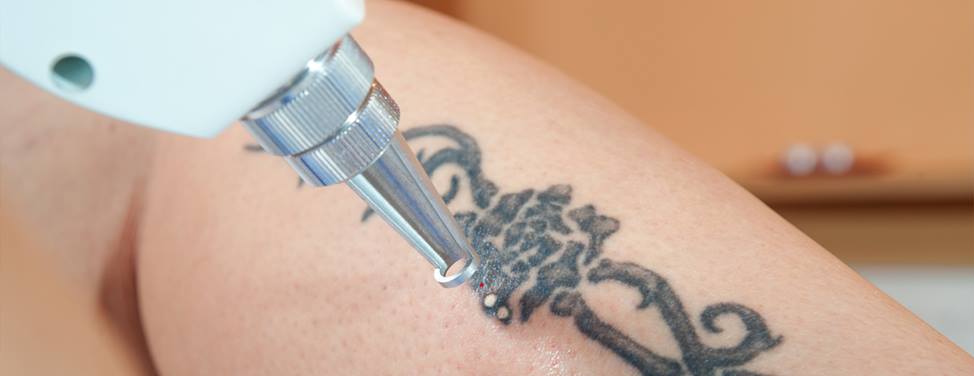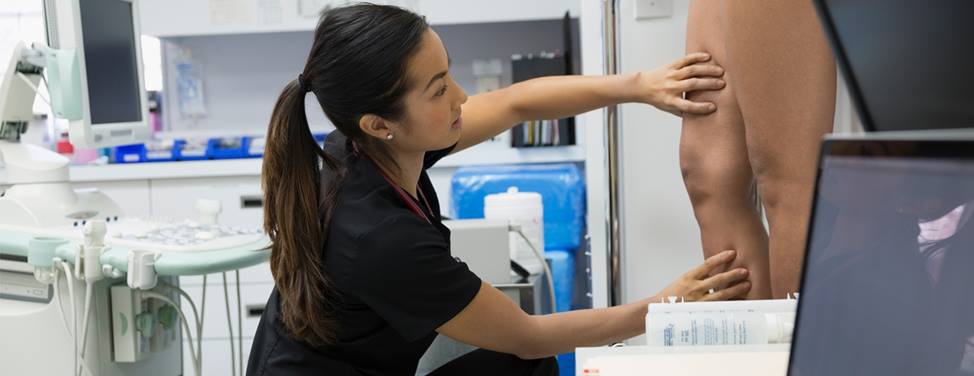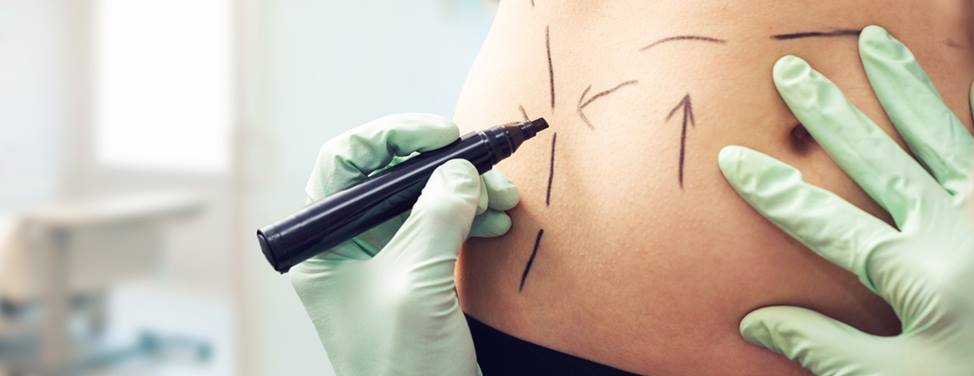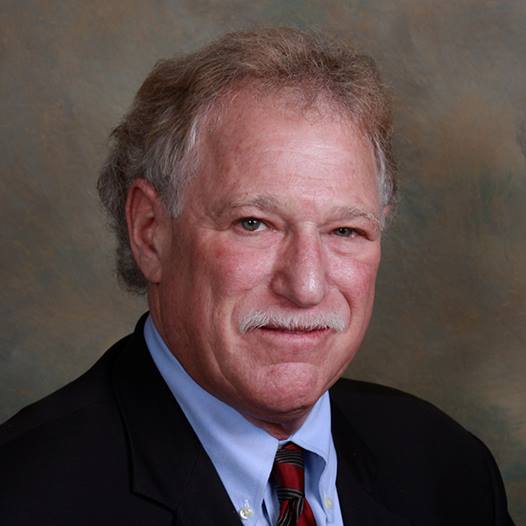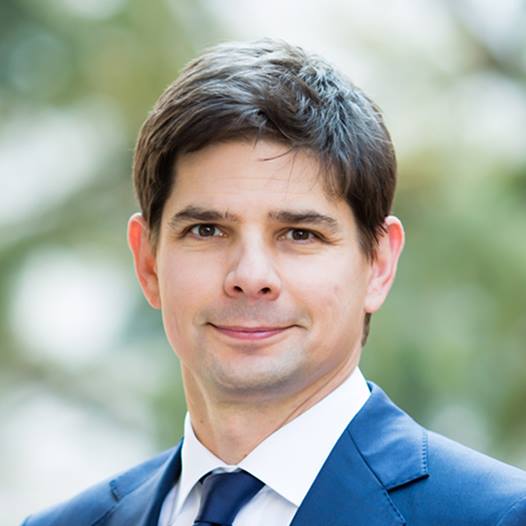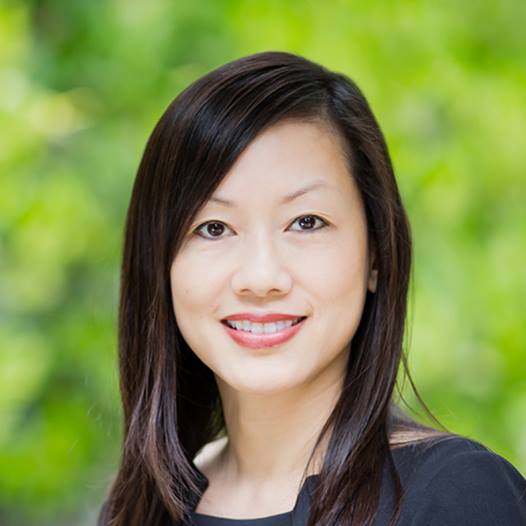As part of the aging process, the collagen, hyaluronic acid and elasticity in skin decreases, causing wrinkles and a loss of fullness and volume in the face. This most commonly occurs around the eyes, mouth, cheeks, jawline, brow and around the nose.
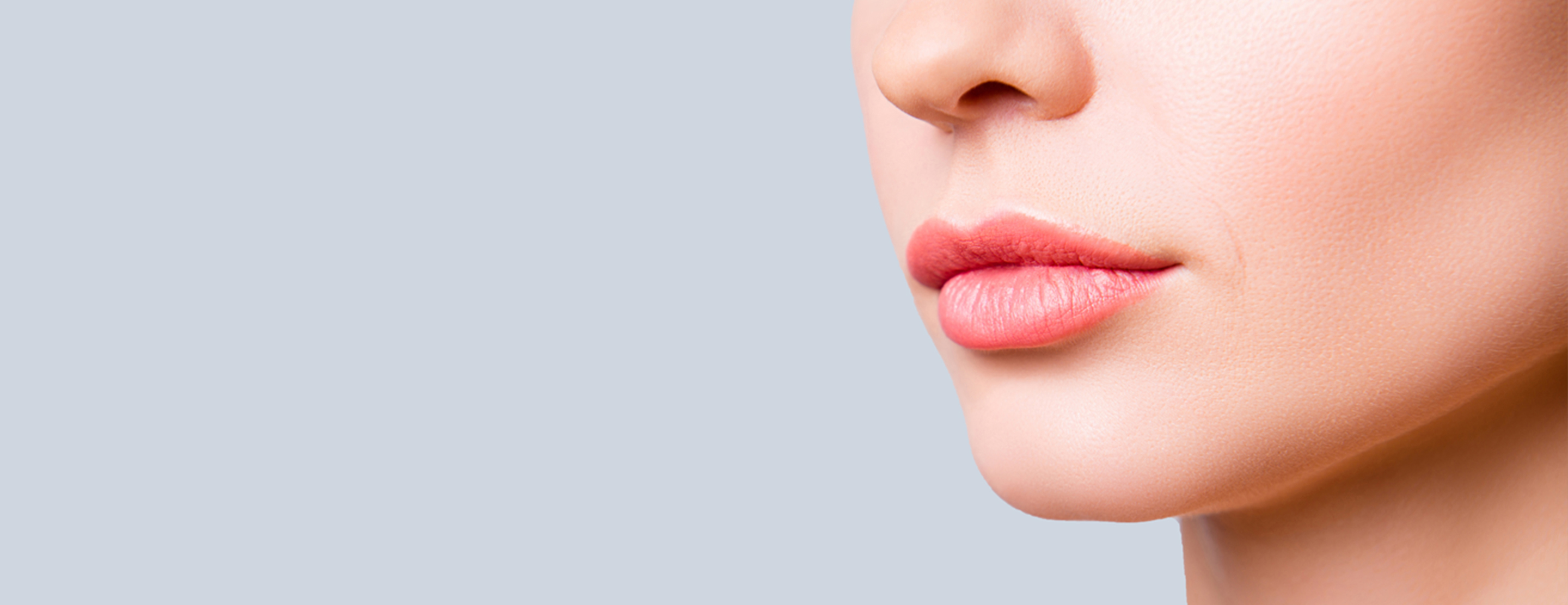
Soft Tissue Fillers
The injection of soft tissue fillers into the skin is a minimally invasive procedure. This procedure can temporarily:
- Plump lips
- Soften and smooth facial creases and wrinkles
- Elevate and fill deep folds and shallow contours, such as hollow cheeks
- Improve the appearance of facial scars and imperfections from injury or acne
At UCSF Health, our dermatologic surgeons offer a variety of soft tissue fillers. Your doctor will determine which filler is best for your individual needs. A combination of facial rejuvenation techniques may be recommended for optimal results.
Hyaluronic acid is a naturally occurring substance that is found in the skin. Products such as Restylane, Perlane and Juvederm are gels made of hyaluronic acid. They are commonly used to temporarily correct lines around the mouth, elevate depressed scars and augment lips.
Other soft tissue fillers include Radiesse (calcium hydroxyapatite) and Sculptra (poly-L-lactic acid), which replenish the skin's lost volume by stimulating your skin's own natural collagen to grow.
Preparation
You will have an initial consultation with your dermatologic surgeon to discuss your current health and medical history, including any past treatments with injectable fillers, facial shaping, botulinum toxin injections or other facial rejuvenation procedures. Your doctor will also ask about any medications you have taken or are currently taking, including vitamin or herbal supplements and over-the-counter medications.
Your doctor will examine your skin, discuss your cosmetic goals and recommend a course of treatment. Photographs for your medical records may also be taken. We will also discuss likely outcomes of soft tissue fillers and any risks or potential complications.
Procedure
You will receive injections in your dermatologic surgeon's office. Before the procedure, your doctor will mark points on your face as a guide for the injections. Your face will then be cleaned with an antibacterial agent.
Some fillers contain an anesthetic agent to keep you comfortable during injections. If not, your face may be iced or you may have a topical numbing agent or local anesthetic injected. Most soft tissue fillers are well tolerated, and most patients experience minimal discomfort.
The filler is injected with a very small needle directly into the area to be treated. You may experience some stinging or burning as the filler is inserted.
A series of treatment sessions may be necessary to fill and smooth lines and wrinkles, or to raise a depressed scar to the level of surrounding skin.
Unlike older collagen products, no skin testing is required for these new soft tissue fillers.
Recovery
After the procedure, you may experience temporary swelling, redness or minor bruising at the injection sites. Bruising, if it occurs, may last up to a week. Makeup can be applied immediately after treatment. Allergic reactions are extremely rare. Most patients can return to normal activity immediately.
All soft tissue fillers are temporary, and each filler has a different length of activity. Some last for six months, while others can last up to two years. Your doctor will help determine which filler is the right choice for you. In some cases, the patient needs maintenance or "touch-up" treatments to achieve the best results.
While soft tissue fillers do not stop the aging process, they help restore a more youthful and refreshed appearance.
UCSF Health medical specialists have reviewed this information. It is for educational purposes only and is not intended to replace the advice of your doctor or other health care provider. We encourage you to discuss any questions or concerns you may have with your provider.










